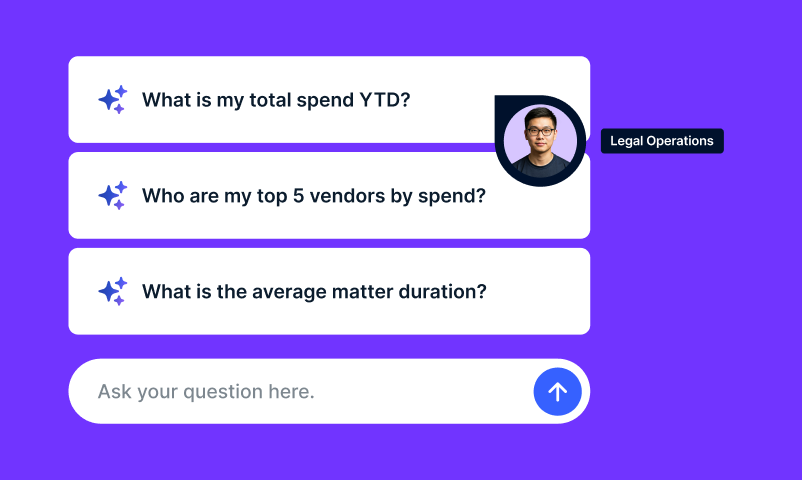

The Onit family of enterprise legal management software providers has grown today with our acquisition of BusyLamp. We are now one of the largest enterprise legal management conglomerates globally, with more than 600 implementations completed worldwide by Onit and its subsidiaries.
Who Is BusyLamp?
BusyLamp, based in Frankfurt, Germany, serves in-house counsel with the information, data, trust and tools they need so they can focus on the strategic tasks that matter most. Founded in 2012 by co-CEO Dr. Michael Tal, co-CEO Dr. Manuel Meder and CTO Konstantin Tadrowski, the company has been recognized by Hyperion Research as “highly innovative” and a “market leader.” Corporate legal leaders across sectors including automotive, telecommunications and banking rely on its award-winning eBilling.Space and recently launched matter management solution Matter.Space every day.
BusyLamp joins Onit as an independent subsidiary.
What Does This Mean for Onit and Enterprise Legal Management Software?
The acquisition of BusyLamp makes Onit one of the largest ELM software providers in the world, capable of meeting the requirements of any corporate legal department.
It also aligns with several of Onit’s top strategic priorities, including continuing to innovate through disruption, expanding our presence worldwide and pursuing rapid growth. This acquisition, along with the acquisitions of SimpleLegal and Bodhala, positions Onit as one of the largest global conglomerates of ELM software providers and offers an even broader pool of best practices and best-of-breed technologies to help us serve customers around the world.
BusyLamp expands Onit’s existing presence in Europe with some of the brightest minds in legal technology abroad – experts deeply embedded in the local community who understand the challenges and complexities of the business of law in Europe and beyond. To complement the expertise, BusyLamp also brings an industry-leading offering well-equipped for considerations such as VAT, the General Data Protection Regulation (GDPR) and regional tax policies.
Continued Legal Technology Disruption and Product Innovation
Onit is continually looking to innovate and expand our offerings for our customers and throughout the legal space. Acquisitions play a pivotal role in our commitment to this.
The BusyLamp acquisition is the fourth for Onit in less than 12 months and the fifth overall.
In 2019, Onit acquired SimpleLegal, modern legal operations software provider. Onit acquired legal AI innovator McCarthyFinch in 2020, establishing its AI Center of Excellence. Thirty days later, document automation provider AXDRAFT joined the Onit family of companies. Most recently, Onit announced the acquisition of Bodhala, a legal spend analytics, benchmarking and market intelligence company.
Like BusyLamp, SimpleLegal, AXDRAFT and Bodhala all operate as independent subsidiaries of Onit.
In addition to acquiring disruptive companies, Onit also continues to innovate its product offerings – especially for AI. In less than 12 months, Onit has introduced five AI-based offerings to optimize critical business processes for corporate legal departments.
Onit’s InvoiceAI, which debuted to customers in May, uses artificial intelligence to help corporate legal departments increase potential savings and reduce time reviewing invoices from outside counsel and legal vendors. Onit released the news in this video announcement. On average, InvoiceAI identifies an extra 10-20% in potential savings in addition to enterprise legal management and bill review savings.
In addition to InvoiceAI, Onit also offers:
- Precedent, an AI-based business intelligence platform
- ReviewAI, AI technology that reviews and redlines contracts in less than two minutes
- ExtractAI, which analyzes, reviews and exports contract data in seconds
- Automate NDA, a best practice solution that helps automate and manage the NDA process, reducing end-to-end processing time by 70%
Learn More about BusyLamp and Onit
To learn more about BusyLamp, visit www.BusyLamp.com, or you can request a demo here.
You can request a demo of Onit’s highly configurable platforms and solutions here.
Customers of Onit and BusyLamp can reach out to their account managers to find out more about the acquisition.











